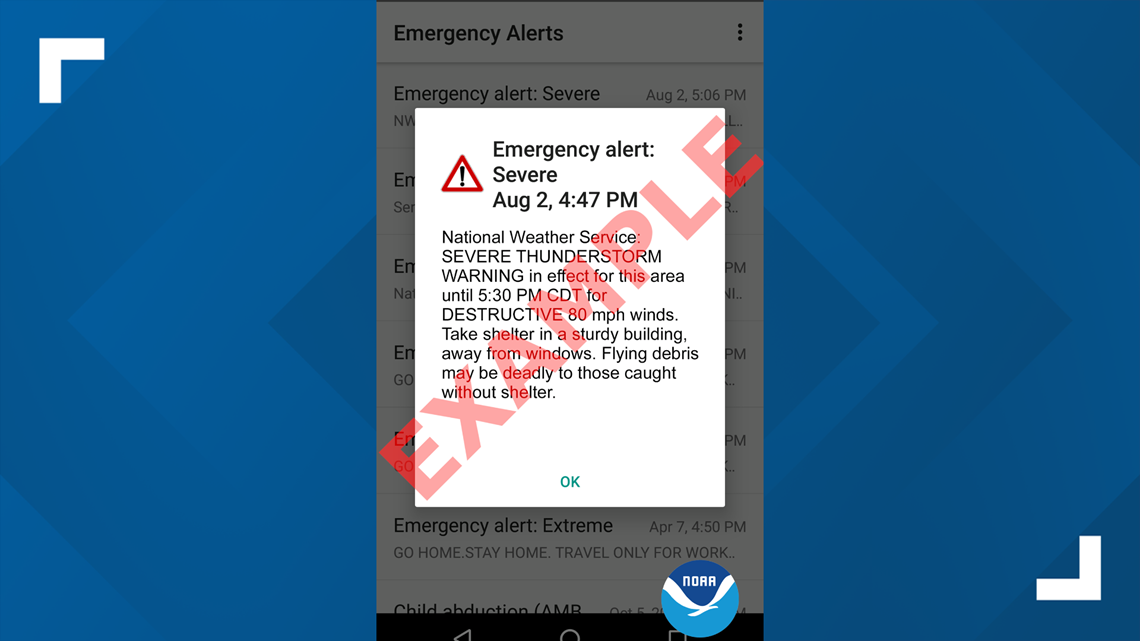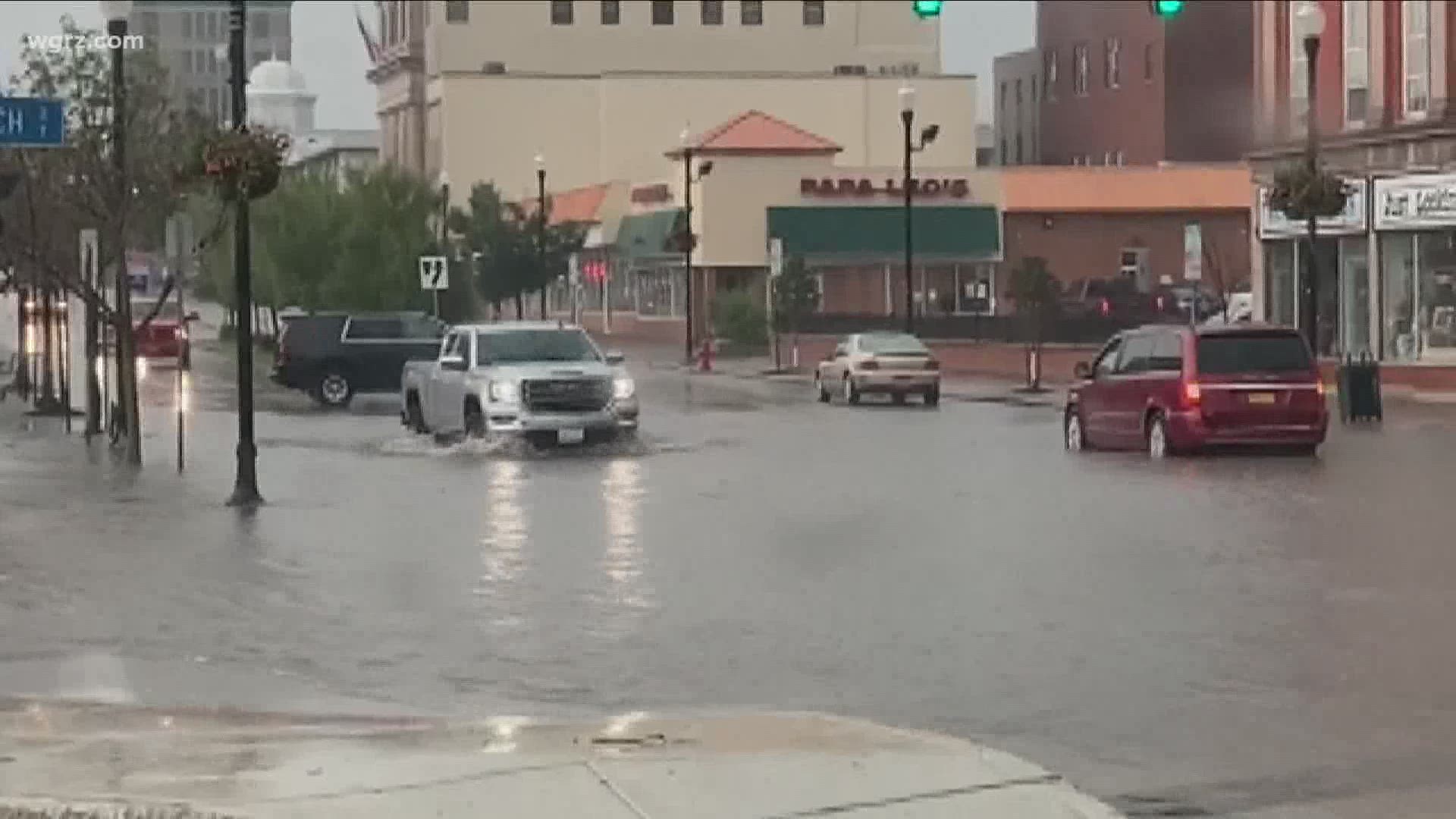BUFFALO, N.Y. — Thursday the National Weather Service (NWS) announced a organization wide change for how to better communicate an aspect of severe weather.
Beginning August 2, thunderstorms that are deemed "destructive" will trigger a new Wireless Emergency Alert to be sent out to impacted areas. These will look like and be similar to the alerts sent out for Flash Flood Warnings and Tornado Warnings.
Now smartphone users will receive a specific type of Severe Thunderstorm Warning if the storm in question is deemed "destructive."
The purpose of this is to help differentiate the severity of each induvial thunderstorm and it's impact as the NWS states, "not all severe storms are the same." Examples of such hazards include large hail, straight-line winds, possible tornadoes and flash flooding.
If a storm is deemed life-threatening, the associated Severe Thunderstorm Warning will be sent out as usual, but show up on smartphones as the first of these two threat categories: destructive or considerable.
From the National Weather Service: "The criteria for a destructive damage threat is at least 2.75 inch diameter (baseball-sized) hail and/or 80 mph thunderstorm winds. Warnings with this tag will automatically activate a Wireless Emergency Alert (WEA) on smartphones within the warned area."
The other category is considerable, which will not trigger a Wireless Emergency Alert. That criteria is at least 1.75 inch diameter (golf ball-sized) hail and/or 70 mph winds. For reference, the base for a Severe Thunderstorm Warning to be issued at all is 1.00 inch (quarter size) hail and/or 58 mph winds.
Here is the example warning:


RELATED VIDEO:

